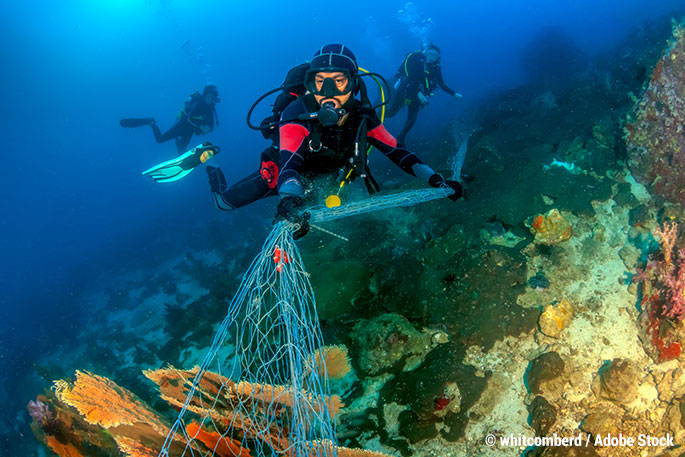
Imagine, for a moment, if we could make PET and PEF plastics break down in a matter of weeks or months, instead of years. If we could gather up the tons of plastic waste that’s choking our oceans and landfills, sprinkle some fairy dust on it, and watch it melt away, what could that do to help us ease the burden of plastic pollution on our environment?
A lot… but sadly we don’t have any fairy dust. Fortunately, though, scientists may have discovered the next best thing according to coverage from CNN.
A Japanese Enzyme That Devours Plastic?
We all know that PET plastics will take centuries to break down naturally. PEF plastics, which are an alternative to PET, aren’t much better in terms of their longevity. So even if we stopped using these plastics today (which we aren’t going to do) we would still have massive amounts of them in our landfills and in our oceans.
However, scientists have discovered an enzyme in Japanese landfills that may be the answer to the particularly thorny problem of how we can have our plastics, and eat them too. This enzyme, with some tinkering from scientists, will be engineered for the sole purpose of eating through PET and PEF plastics that have found their way into landfills, or which have been recovered from the ocean. Once it’s been properly tweaked and tested, this enzyme could break down plastic waste in a fraction of the time it would take nature to do the job, allowing us to start eating through the waste we’ve generated like acid through sugar.
While this solution is still in development, the potential it represents to take care of problems like the Great Pacific Garbage Patch cannot be overstated. With so much plastic already out there, and so much more being made and used, this could be the edge to start reducing what’s already floating in the oceans, and buried in the land.











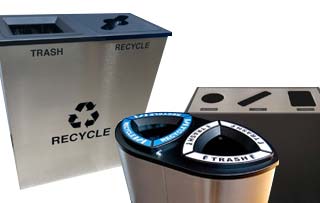









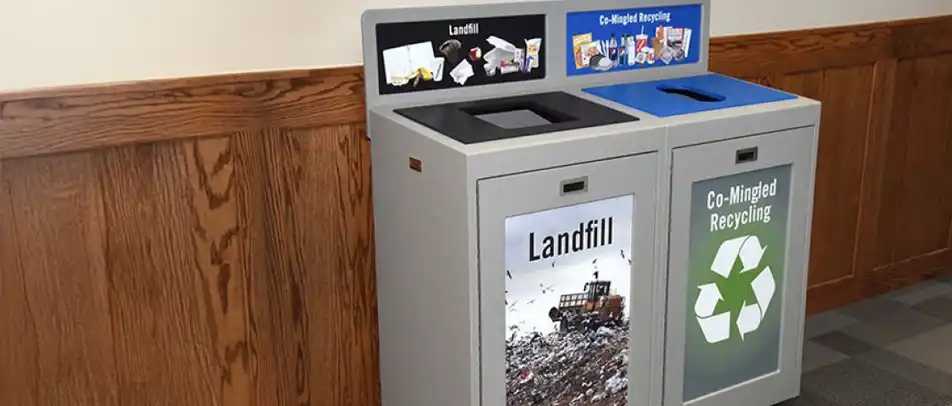










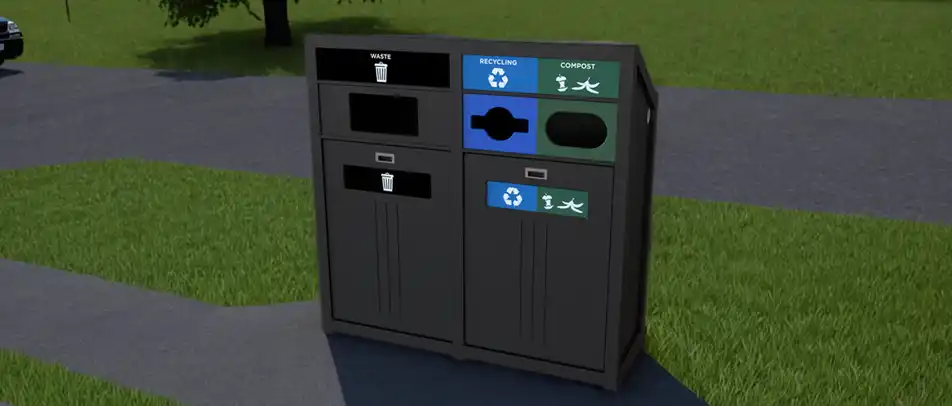












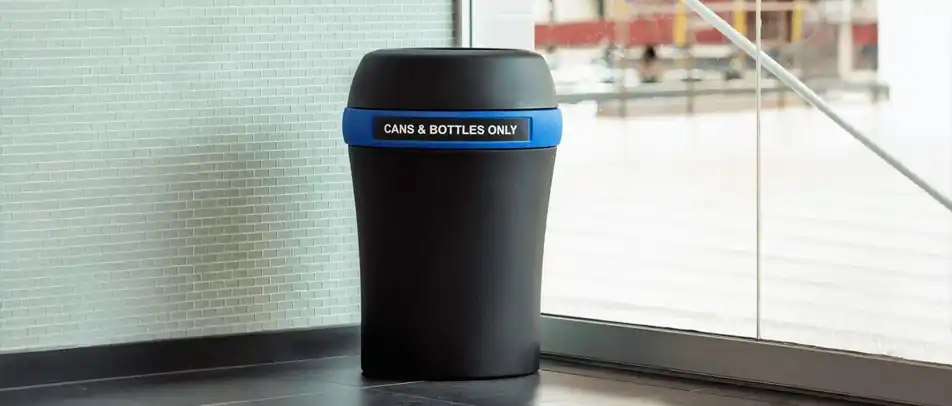









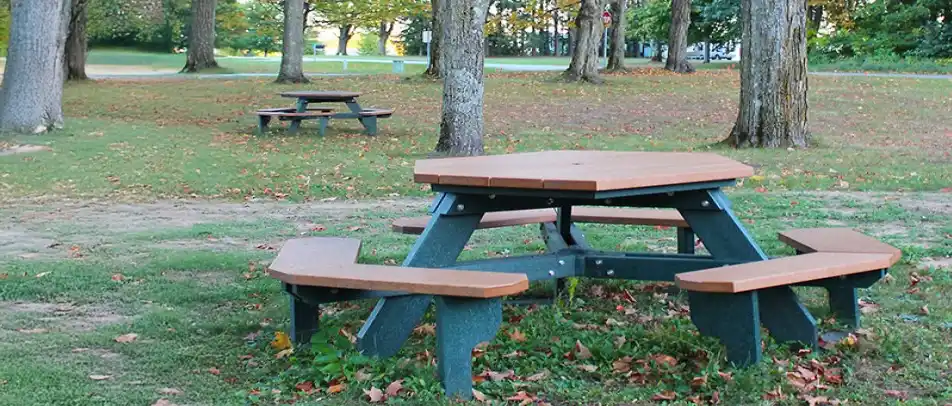
































 Three Ways to Engage Teams and Clients to Maximize Your Recycling Program Engagement
Three Ways to Engage Teams and Clients to Maximize Your Recycling Program Engagement  How to Integrate Accessibility Into Your Sustainability Planning
How to Integrate Accessibility Into Your Sustainability Planning  Why Park Benches Can Promote Workplace Well-Being
Why Park Benches Can Promote Workplace Well-Being 
